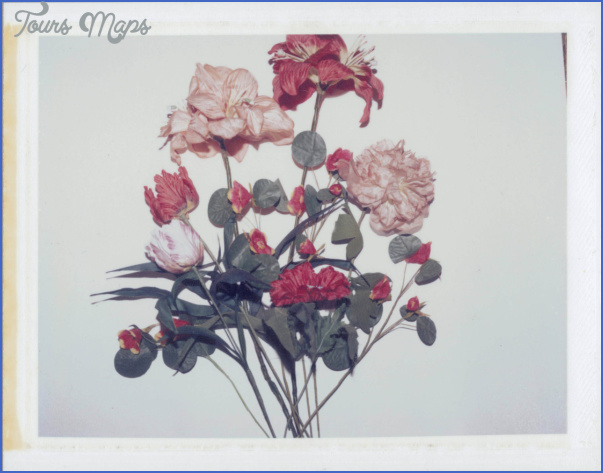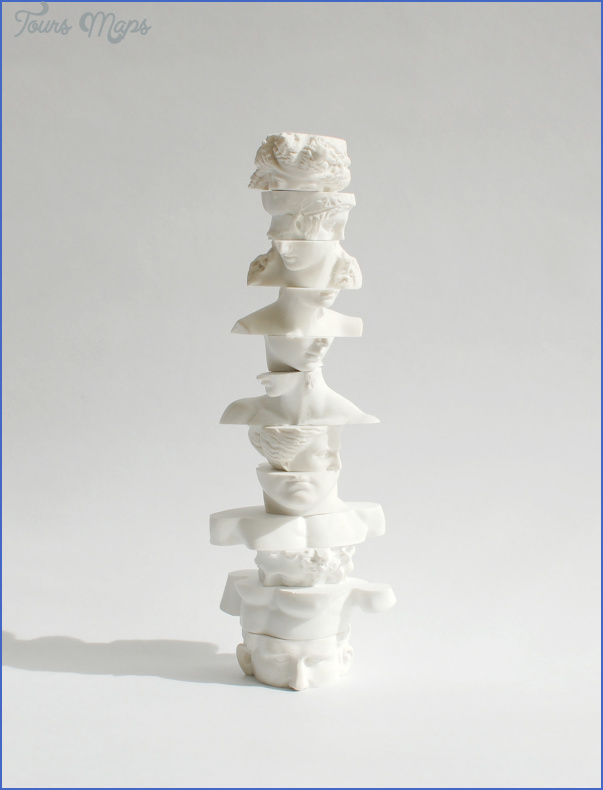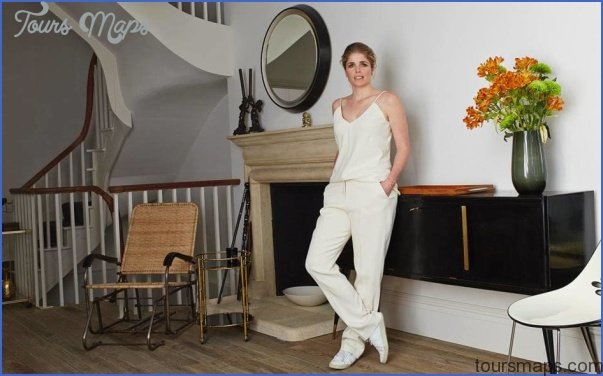Secular buildings, from houses to palaces or seats of government, can be equally lavish in detail. A palace may be full of paintings that glorify its royal patron, or have imagery, carvings, or plasterwork that portray the owner’s interests, be they heraldry
1 CAPITAL At the Pantheon in Rome, the architectural style is immediately apparent in details such as this Corinthian capital. They indicate that the building is in the classical tradition, drawn from ancient Greece and passed on to architects all over the world.
1 GOTHIC ARCHES These arches on the front of the Doge’s Palace in Venice are in a highly ornate and richly carved style of Gothic unique to the city. This kind of lavish ornament reveals a great deal about the wealth of Venice and its rulers.
1 KHMER RELIEFS The relief carvings that adorn Khmer temples, such as Angkor Wat in Cambodia, portray figures and episodes from Hindu mythology. They reflect the idea of a building as a physical representation of an entire belief system.
19th century cast iron was widely used both structurally and for decoration. Here, curves and scrolls of ironwork run up the vast posts and trusses that support the roof of the Grand Palais in Paris, a building rich in Art Nouveau detail. or hunting. Many of these details, from classical columns to rococo plasterwork, also reveal the sources and interests of their architects. Some followed the strict principles of classical architecture, while others adopted the more fluid approach of the baroque style. Ornamental styles also reveal the attitudes of architects to the kind of building they considered appropriate for a particular purpose. In the 19th century, for example, many people believed Gothic to be the ideal style for churches, and the classical style more suitable for the civic or national values embodied in a public building such as a town hall. Details associated with these styles could be used to conjure up images of piety or civic pride. At the end of the 19th century architects in Europe turned their backs on the past and created Art Nouveau (“New Art). Unlike the revivalist styles popular at the time, Art Nouveau was based on non-historical details such as sinuous plant forms and whiplash curves. Modernist buildings went further, sometimes eliminating ornamentation completely. Even these restrained structures, however, include telling functional details, from carefully designed bathroom fittings to perfectly proportioned and aesthetically pleasing doors and windows. From a humble floor tile to a carved stone boss at the apex of a high, vaulted ceiling, architectural details can easily be overlooked, but they are worth seeking out. They remind us not only that great buildings are extraordinary works of art, but of the countless builders, architects, and craftsmen who worked long and hard on their creation. From the grand sweep of a vast facade to the tiniest carving or image in a window, buildings are an endless source of fascination and pleasure. 2 MIHRAB Intricately decorated, this niche in the Masjid-i-Shah mosque in Iran indicates the direction of Mecca so that those attending prayers know which way to face. 1 STAINED GLASS Color is an important element in most buildings. In Chartres Cathedral, France, the richness of the medieval stained glass floods the interior with dazzling light.
STYLE AND SUBSTANCE Photo Gallery
Maybe You Like Them Too
- The Best Cities To Visit in The World
- World’s 10 Best Places To Visit
- Coolest Countries in the World to Visit
- Travel to Santorini, Greece
- Map of Barbados – Holiday in Barbados














